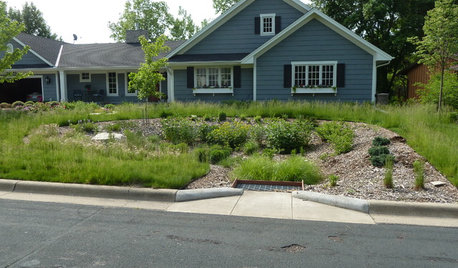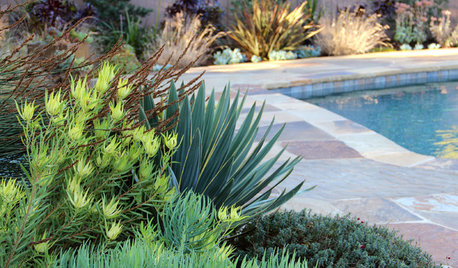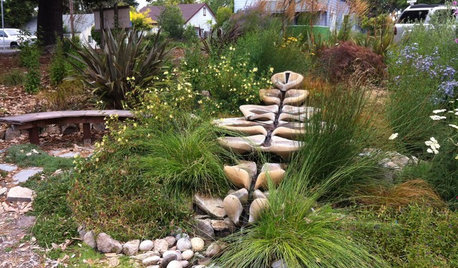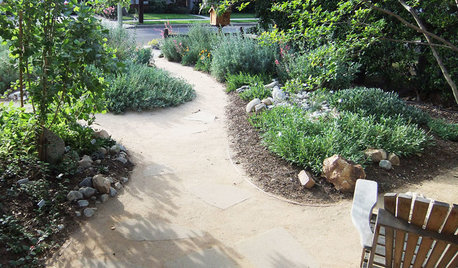just how important is medium/water pH?
greentoe357
10 years ago
Related Stories

SAVING WATER11 Ways to Save Water at Home
Whether you live in a drought-stricken area or just want to help preserve a precious resource, here are things you can do to use less water
Full Story
CONTAINER GARDENSContainer Garden Basics: How and When to Water Potted Plants
Confused about soil moisture, the best time to water and what watering device to use? This guide can help
Full Story
LANDSCAPE DESIGNHow to Design Your Landscape to Spread Water
Water that’s distributed widely will more readily soak into the ground
Full Story
PLANTING IDEAS7 Stunning Plant Combinations for Low-Water Gardens
Find inspiration in these beautiful drought-tolerant companion plantings
Full Story
RUGS10 Tips for Getting a Dining Room Rug Just Right
Is the rug you’re considering the right size, shape and weave for your dining room? Here’s what to keep in mind
Full Story
HOUZZ TOURSHouzz Tour: Just Being Modest on Lake Superior
You don’t have to go all-out to have a retreat that’s all good, this Wisconsin vacation home shows
Full Story
LANDSCAPE DESIGNNew Ways to Design With Water
Go beyond 3-tiered fountains and faux waterfalls to discover water's architectural possibilities
Full Story
GARDENING GUIDES8 Unthirsty Plants Help You Save Water in Style
Spend less effort and money on your landscape with drought-tolerant and native plants that liven up your yard
Full Story
GARDENING GUIDES5 Things to Know About Watering Your Native Garden
Ensure the success of your new plantings with a smart approach to irrigation
Full Story
GARDENING GUIDES7 Ecofriendly Gardening Ideas That Also Cut Chore Time
Spend less time weeding, less money watering and more moments just sitting back and enjoying your healthy garden
Full StoryMore Discussions










keylyn
Tiffany, purpleinopp Z8b Opp, AL
Related Professionals
Ashland Landscape Architects & Landscape Designers · Danbury Landscape Architects & Landscape Designers · Ballwin Landscape Architects & Landscape Designers · Glendora Landscape Architects & Landscape Designers · Kapaa Landscape Architects & Landscape Designers · Paradise Landscape Architects & Landscape Designers · Arlington Landscape Contractors · Doctor Phillips Landscape Contractors · Lehigh Acres Landscape Contractors · Miller Place Landscape Contractors · New Brighton Landscape Contractors · Saint George Landscape Contractors · South Lyon Landscape Contractors · Garden City Interior Designers & Decorators · North New Hyde Park Handymandsws
greentoe357Original Author
albert_135 39.17°N 119.76°W 4695ft.
Tiffany, purpleinopp Z8b Opp, AL
dsws
meyermike_1micha
greentoe357Original Author
dellis326 (Danny)
dsws
greentoe357Original Author
ronalawn82
greentoe357Original Author